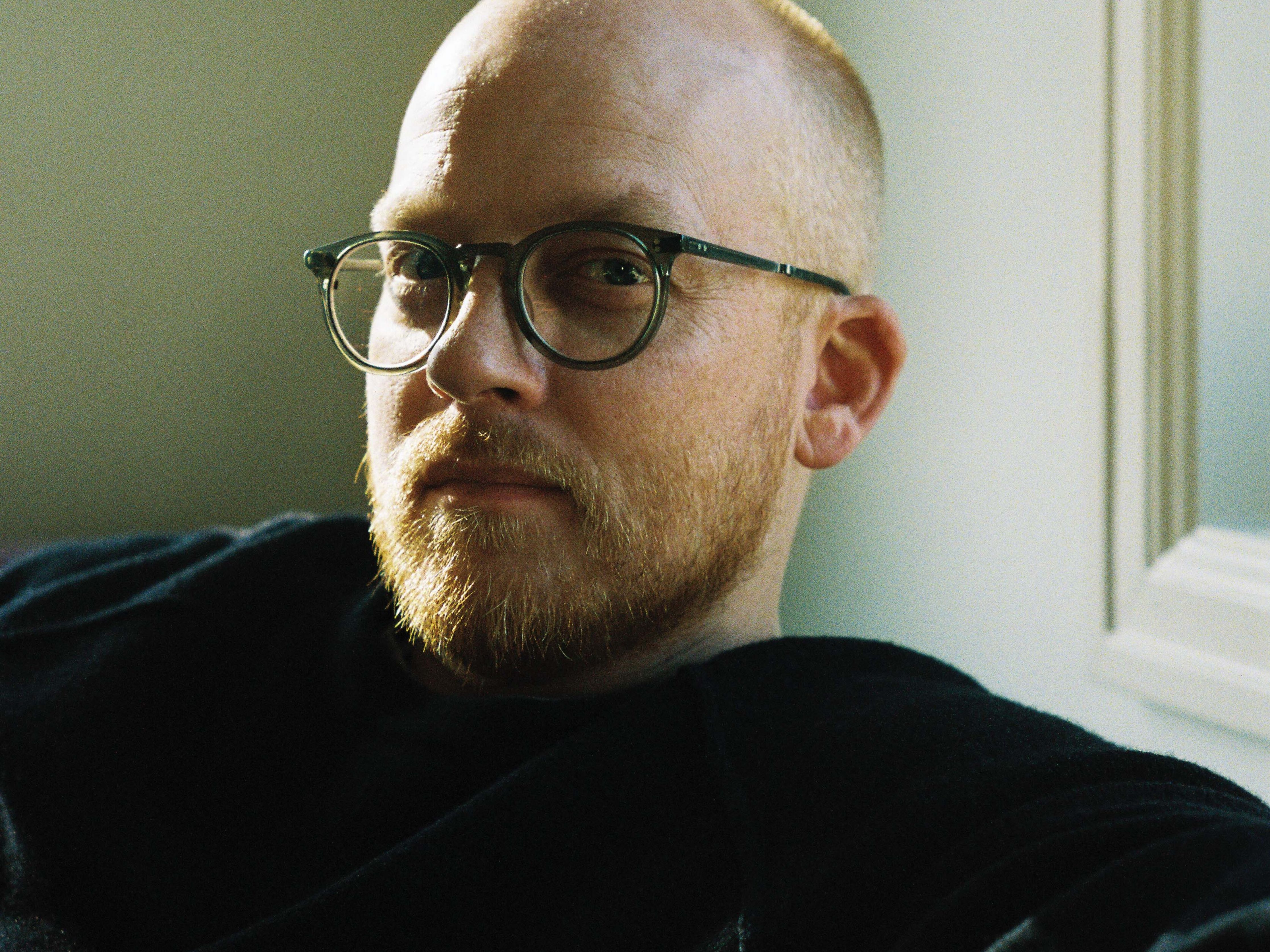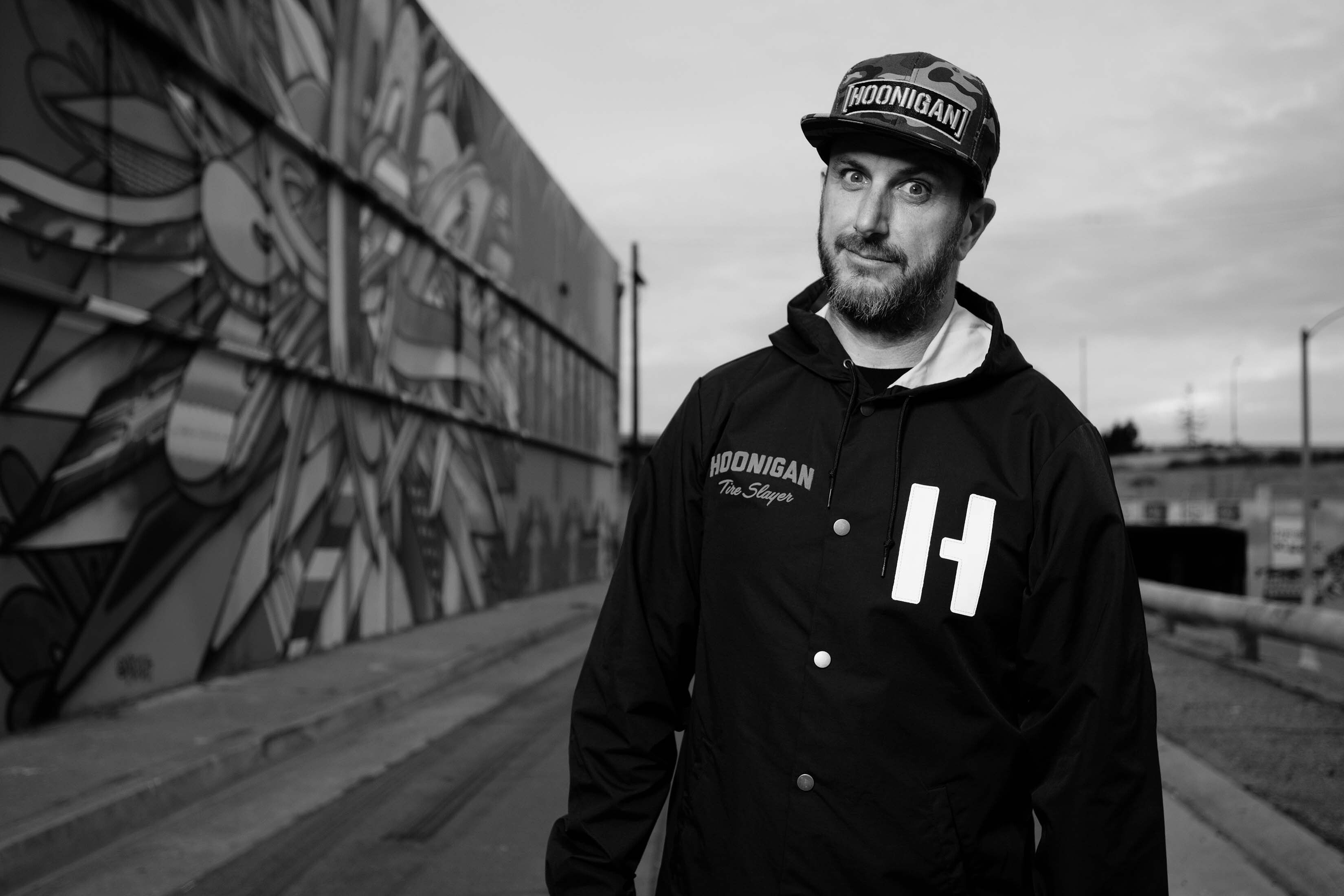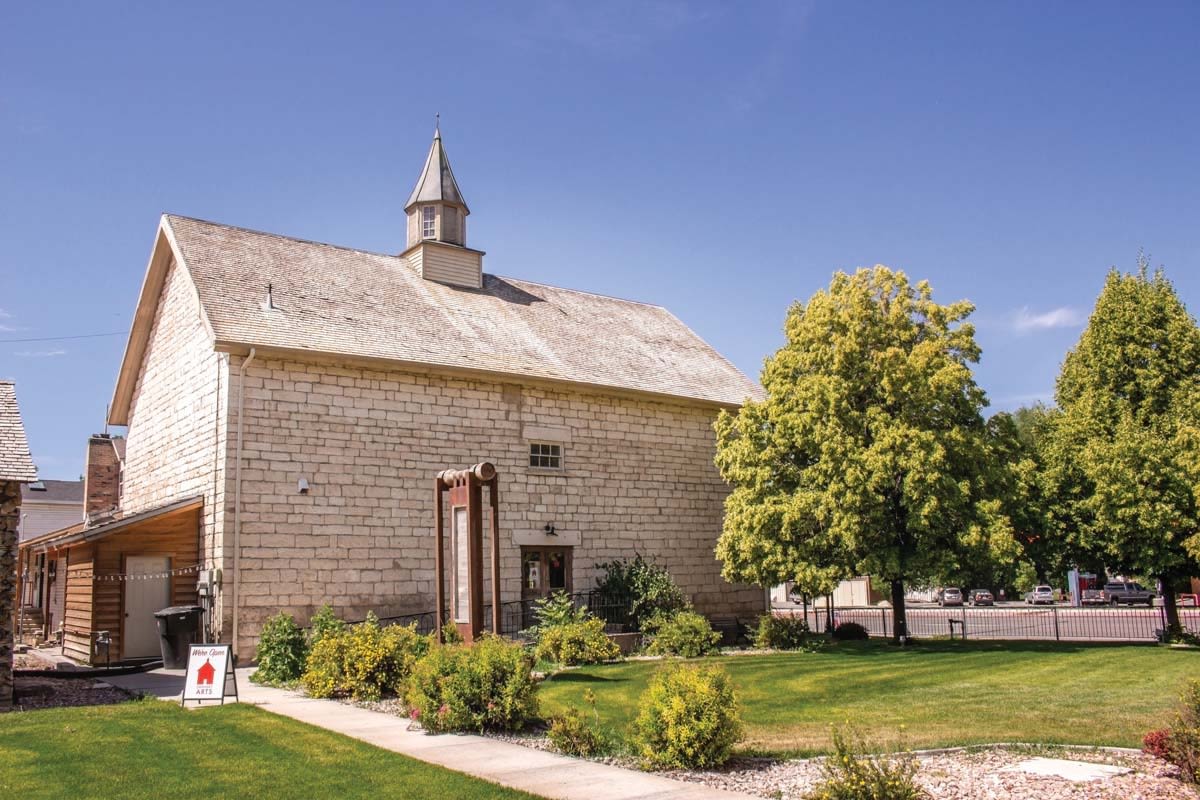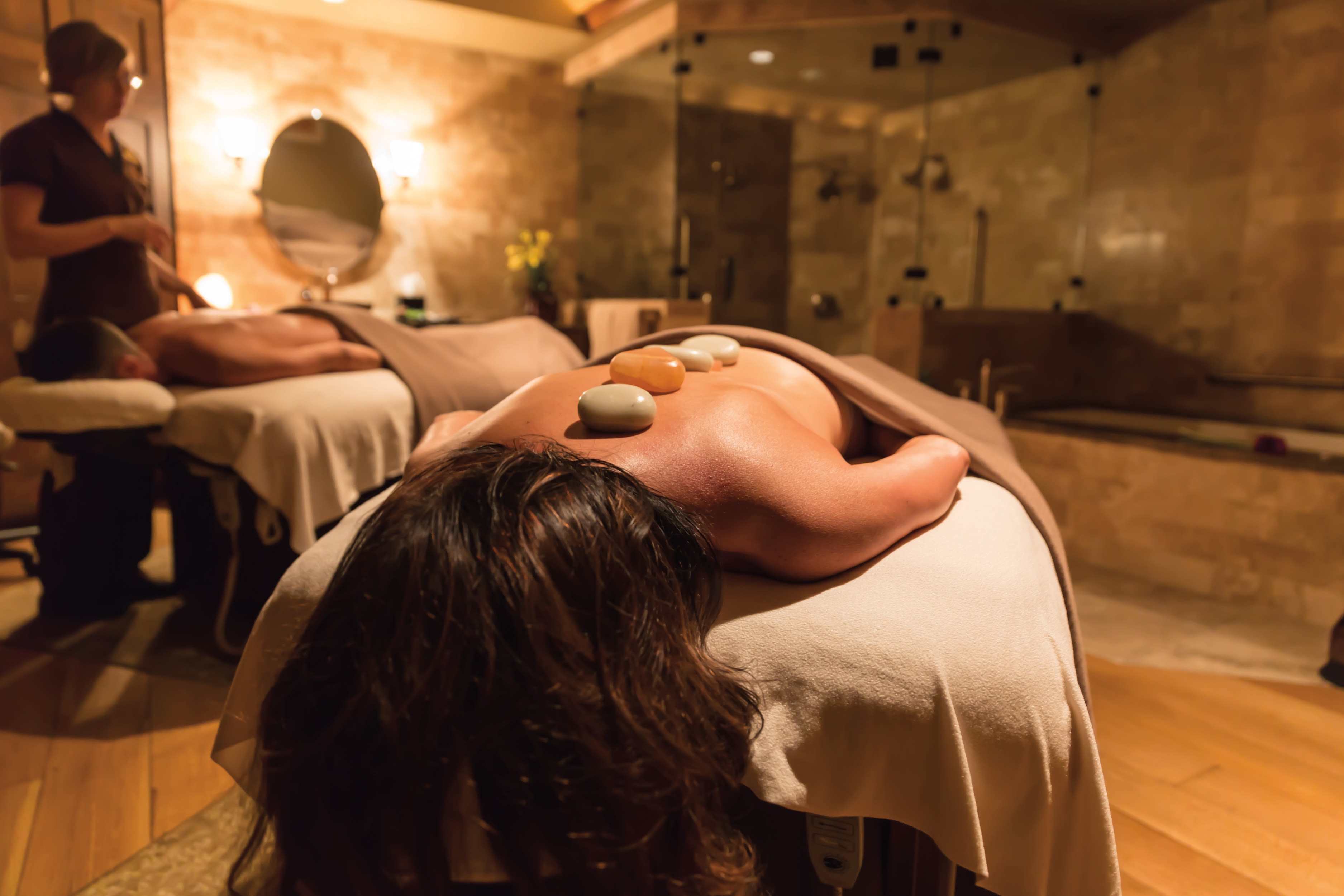The Art of Being Human
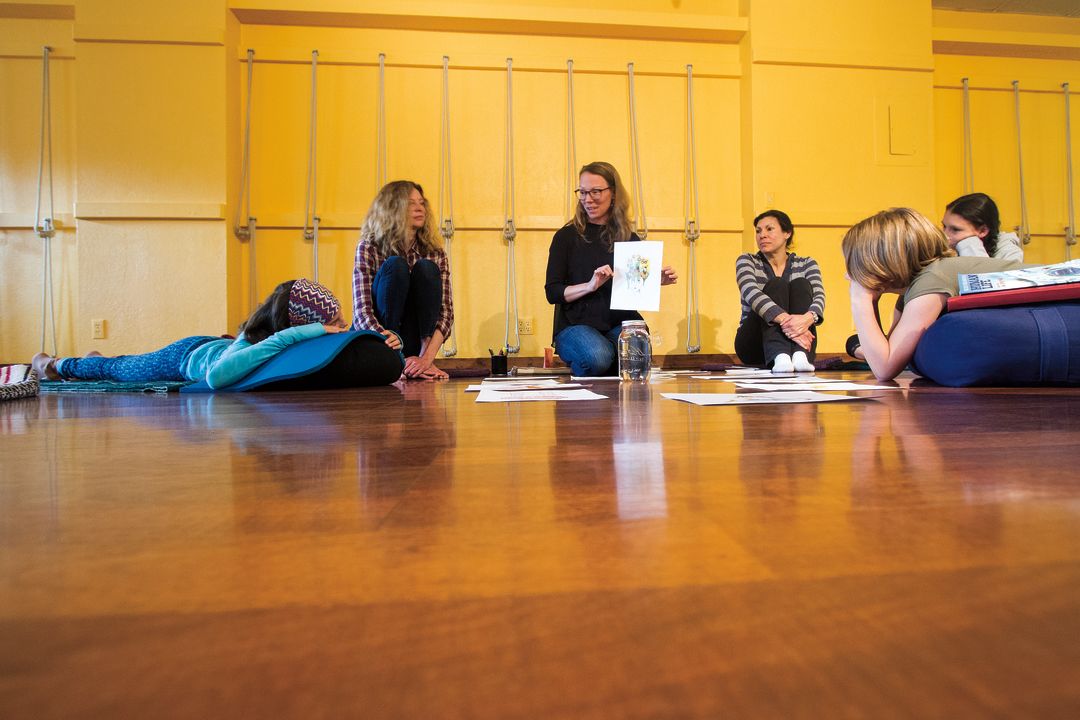
Image: Lara Brucker
Playing catch, saying “please” and “thank you,” memorizing multiplication tables, and riding a bike are among the lessons most of us remember learning while growing up. But something many of us neither were taught nor picked up on our own is how to simply be. Author, speaker, Parkite, and mother of two Rebecca Brenner specializes in teaching children (and adults) how to navigate life’s open ocean through yoga, nutrition, and, in particular, mindfulness. We sat down with Brenner to talk about her multitiered consulting practice, Park City Holistic Health; her new book series, The Kid’s User Guide to a Human Life; and how everyone can incorporate a little more peace and enjoyment into everyday living.
Park City Magazine: Mindfulness is a term thrown around quite a bit these days. What exactly does it mean?
Rebecca Brenner: Mindfulness is consciously connecting your attention to the present moment and continuously bringing it back when it wanders. It is very simple and natural, but challenging to put into practice because we’re so used to letting our attention get swept into the unconscious habits of our minds. There’s nothing magical or mystical about it; mindfulness is a skill, and like any skill it develops with practice.
PCM: What are the benefits of learning and practicing mindfulness?
RB: A strengthened immune system; improved relationships; less stress, depression, and anxiety; and an increased sense of well-being, contentment, and inner peace, for starters. It also helps us be more open to new experiences, people, and ideas. But maybe most important, mindfulness creates an inner environment that allows who we truly are—our highest self—to awaken and unfold.
PCM: How did you come to bring together mindfulness, yoga, and nutrition through Park City Holistic Health?
RB: I had just finished my PhD in nutrition when we moved to Park City and wanted to offer what I’d learned both in my studies and through years of teaching yoga to the community, so I started my consulting practice. I’ve taught private yoga classes for individuals and groups, meditation classes, and even co-taught health and wellness at Westminster College. Right now I am focusing on consulting with individual clients and families on nutrition, teaching at Park City Yoga Studio, and working on The Kid’s User Guide to a Human Life series.
PCM: What are The Kid’s User Guide to a Human Life books about?
RB: They offer fun, practical information to 9- to 12-year-olds about how to live life with less stress and more joy. Book One: An Open Mind is an introduction to mindfulness, from basic brain anatomy to breath awareness techniques. The second book, An Open Heart, which will be out this fall, is a guide to emotions—how they start, what they are, how to notice them, and how to recognize their influences. I’m also working on The Little Kid’s User Guide to a Human Life—Book One: An Open Mind. It’s a big hardback picture book with pared- down language so that younger kids can start to grasp the concepts even earlier.
PCM: What inspired you to write The Kid’s User Guide books?
RB: One day while my husband and I were hiking, we started talking about some health issues he was experiencing that were serious enough he was considering getting an MRI. But after talking it through, it seemed like his symptoms were coming from stress versus anything physiological, and we started discussing lifestyle changes that could get him healthy again. We both realized how crazy it was that no one taught us how to deal with stress or emotions while growing up. Even basic things, like staying hydrated, were ignored. That was when we thought, “Wouldn’t it be amazing if there were a guide for kids for this stuff?”
PCM: What are some ways that kids—and adults—can incorporate more mindfulness into their day-to-day lives?
RB: The best way for everyone to be more mindful is to remind each other to do it. An adult can encourage a child to bring awareness to her senses and connect to the moment by saying things like, “Breathe deeply and notice how it feels,” “Feel the grass between your toes,” or “Doesn’t the sun feel good on your skin?” Kids do the same for adults naturally. Consciously engaging your breathing by lengthening inhales and exhales is the most powerful mindfulness practice because it calms the nervous system and brain, creating the best environment to connect with where you are right now.

